The Best Of Science Friday, 2022
In a year of unpredictable news, science or otherwise, these are the stories that moved, inspired & fascinated Science Friday’s staff.
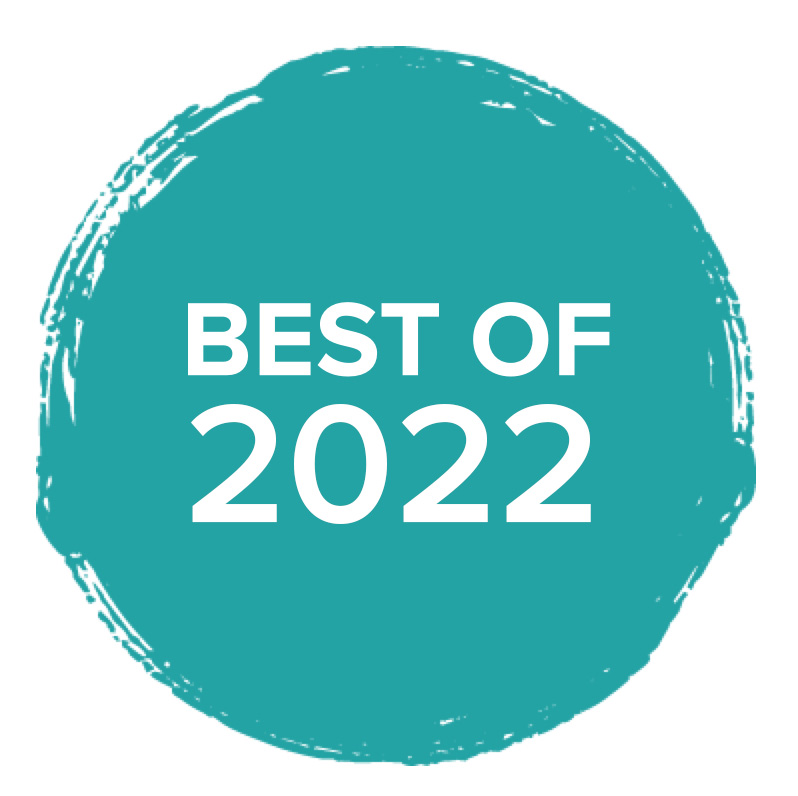
2022 is almost at an end, and it’s been a year full of news that has changed the world. The rippling impacts of events like the repeal of Roe v. Wade, the war in Ukraine, and the emerging tripledemic have shaped some of the most important stories at Science Friday this year. We also began our Reproductive Health and Mental Health spotlights, to serve the expanding concerns our audiences face as healthcare needs change.
Of course, the year would be incomplete without remembering its most delightful stories. We sent our producers to a cat cafe to investigate why cats purr, the bushes of Riverside Park to interview goats, and an Oregon farm to speak to some Christmas tree specialists. Our experiences manager, Diana Plasker, spearheaded the most robust version of the SciFri Book Club so far, with a new science book and author Q&A every month. Education manager Sandy Roberts kickstarted SciFri’s Sun Camp this year, teaching kids aged 5-9 about the wonders of our Sun with some cosmic new educational resources. Also, because how could I not acknowledge this, producer Kathleen Davis made one of our most successful movie segments ever—about the science behind the creature in Jordan Peele’s Nope.
Some of the stories we’re most proud of focused on how science and advocacy intersected with underserved communities. We spoke to trans healthcare specialists, indigenous scientists on the importance of indigenous knowledge, and a blind researcher on accessibility tech. We also collaborated with Kaiser Health News to create a piece of data journalism that exposed the reality of contraceptive failure, and Ira even joined Dr. Fauci to reflect on his role in the COVID-19 pandemic response.
As the world continued to change this year, we thought a lot about segments that added joy, fresh perspectives, and new information to the conversation. Our listeners continue to impress and teach us with their questions, curiosity, and perspectives.
So, please enjoy this curated collection of our favorite 2022 Science Friday creations, selected by our very own staffers. And if you want to help keep making these kinds of stories and projects possible, we kindly encourage you to leave a gift with us below! We are currently matching all gifts $1 to $1.
Invest in quality science journalism by making a donation to Science Friday.
Produced by D Peterschmidt
Selected by Shoshannah Buxbaum, Producer
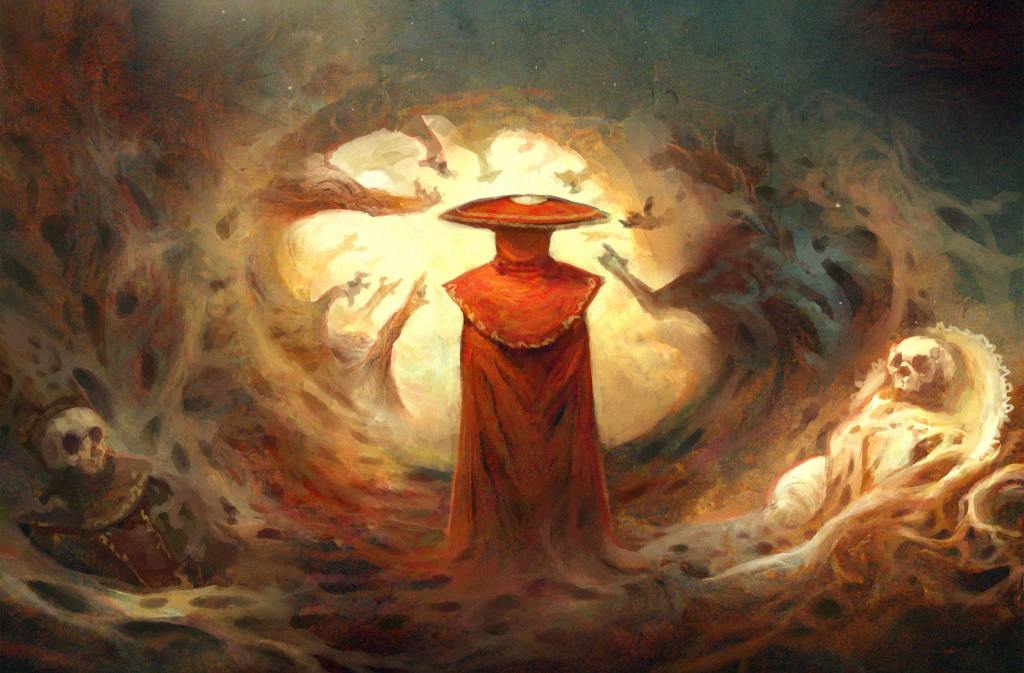
The past few months have kicked off heated discussions about the ethics of AI generated art. This piece got past the black and white of is it good is bad? but rather, it’s happening, now what? Producer D Peterschmidt knocked it out of the park sourcing insightful guests and crafting a nuanced narrative. Also, this segment was just really fun to listen to. 10/10 would recommend to everyone.
Produced by Shoshannah Buxbaum
Selected by Kathleen Davis, Producer
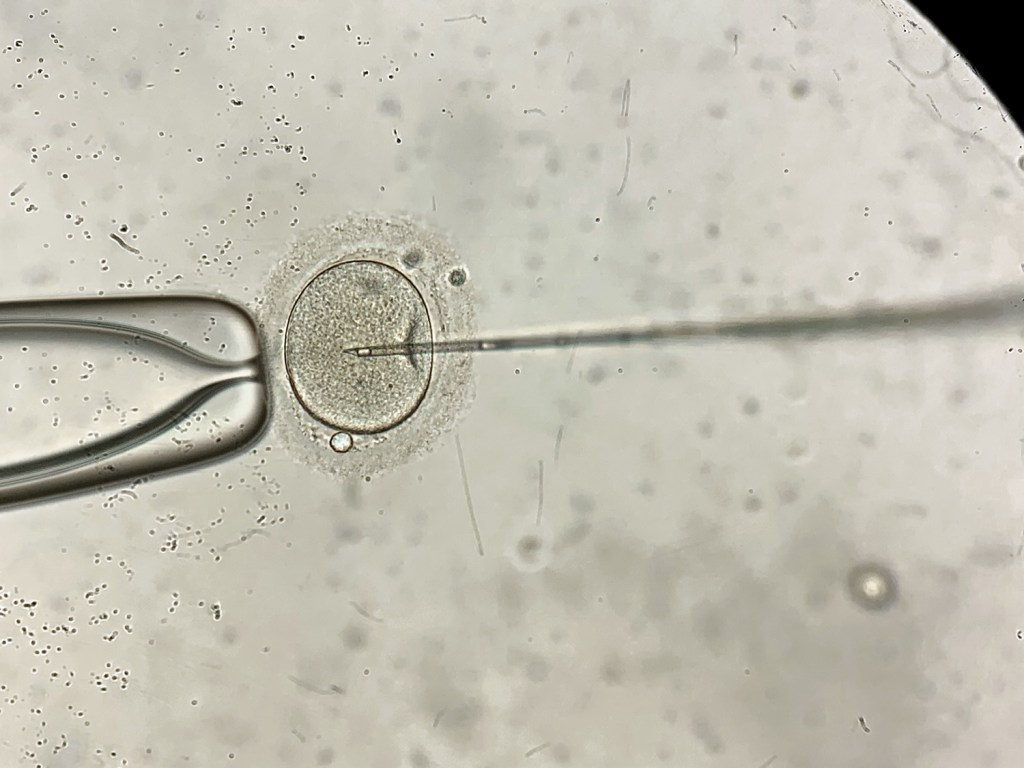
To the surprise of many, Roe vs. Wade was overturned this year. This was a frightening time for a lot of people, and there was a thirst for accurate information about what this meant for reproductive rights. Science Friday producer Shoshannah Buxbaum took on this topic and produced a collection of thoroughly reported and informative stories that filled a knowledge need. This particular story is about how the dissolution of Roe vs. Wade could impact the fertility industry, particularly IVF. I learned a lot, and I think other people did too.
Produced by Diana Plasker
Selected by Sandy Roberts, Education Program Manager
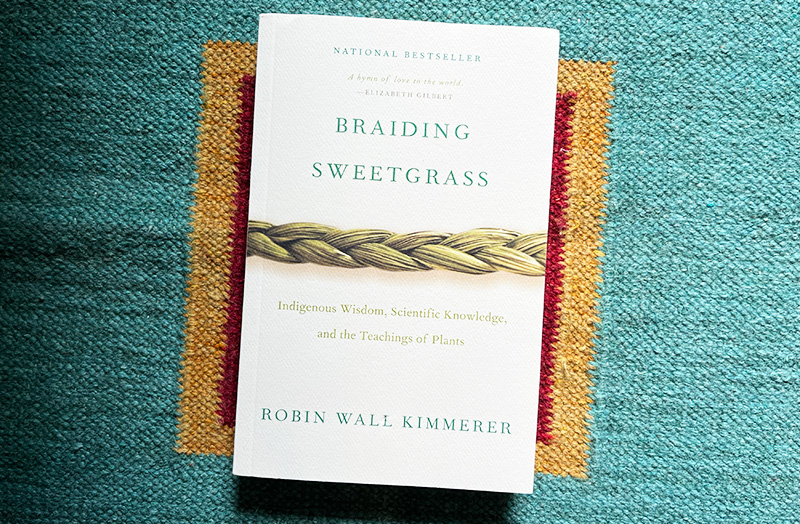 The entire Braiding Sweetgrass experience—the book club and interview—connected science, nature, culture, and community in a meaningful and powerful way. Sometimes science can be percieved to be distant, cold or siloed into topics that aren’t always connected in a holistic way. The interview with Robin Wall Kimmerer was anything but. It was a wonderful reminder that there are many ways of knowing and experiencing the world of science.
The entire Braiding Sweetgrass experience—the book club and interview—connected science, nature, culture, and community in a meaningful and powerful way. Sometimes science can be percieved to be distant, cold or siloed into topics that aren’t always connected in a holistic way. The interview with Robin Wall Kimmerer was anything but. It was a wonderful reminder that there are many ways of knowing and experiencing the world of science.
Produced by Rasha Aridi
Selected by Jason Rosenberg, Grants Manager
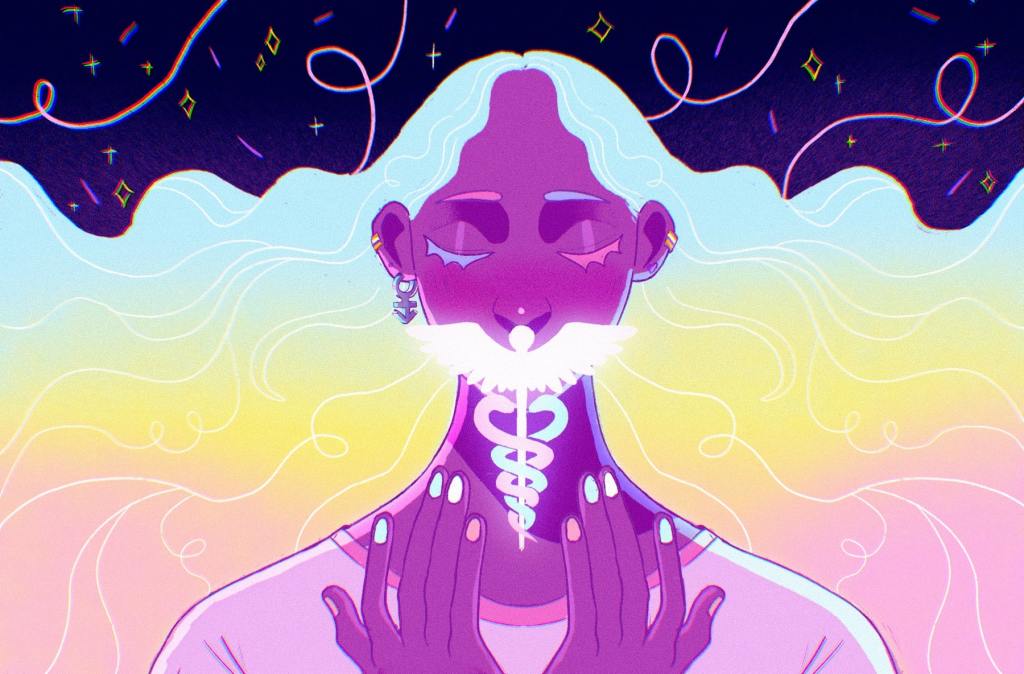
It’s a lesson that is slowly (too slowly) being embraced by a wide swath of industries and particularly in the world of communications and media: when talking about issues faced by a marginalized community, the best people to speak to those issues are from the impacted communities. It not only makes for a more nuanced, complete picture of an issue, but in the STEM world, it makes for better, more accurate, and more impactful science! This year saw an unprecedented attack on trans people’s right to access safe and reliable healthcare. It was so important to hear from trans scientists and researchers on where the gaps in the field are, and how insight and lived experiences from trans people is sorely missing from the conversation. Another of countless examples of Science Friday platforming the right speakers speaking their truth to the benefit of the whole science community!
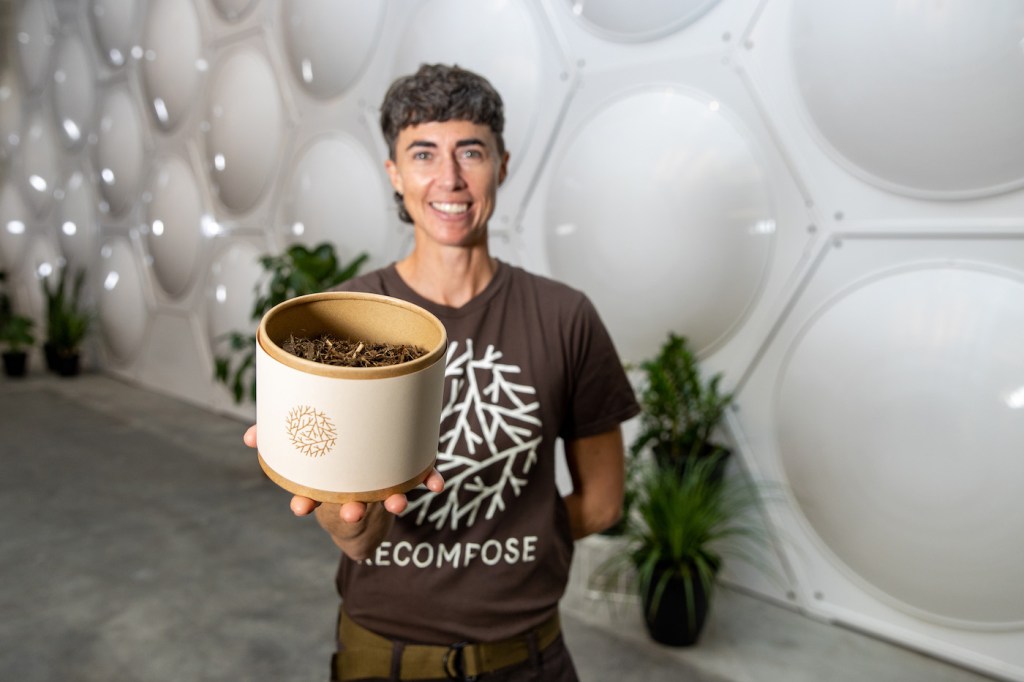
Produced by Kathleen Davis, Jason Dinh, and Christie Taylor
Selected by Diana Plasker, Experiences Manager
I think about death a lot! My retirement plan includes starting a planet-friendly cemetery, so I was so pleased when we produced this segment on the practice of human composting. This segment was scientifically robust, ethically responsive, and topically sensitive—and it made me all the more motivated to do more work around science topics that are near and dear to my heart to make a difference in the world. Christie Taylor, Kathleen Davis, and Jason Dinh knocked this one outta the park!
Produced by Shoshannah Buxbaum
Selected by Emma Gometz, Digital Producer
Never in my life have I felt so seen by a segment. From when Danielle said her first research project took way longer than her advisor said it would, to when she said she thought “vole” was a mispronunciation of the word “mole” when she first heard it. As a former science student, these stories make me feel like it’s OK to be a beginner. When I first came to science, I was asking what I was told were stupid questions, mainly because if there wasn’t an answer, I had no capability to answer it myself. Someone smarter than me, somewhere else, was working on it. But this segment reminded me that all scientists start out asking questions, and that curiosity is all it really takes to get started. Danielle is the premier vole expert, and tells us why we should care about voles with such passion and clarity it blew my mind, but even more impressively she is able to succinctly and powerfully state some criminally undersaid truths about science in this short segment.
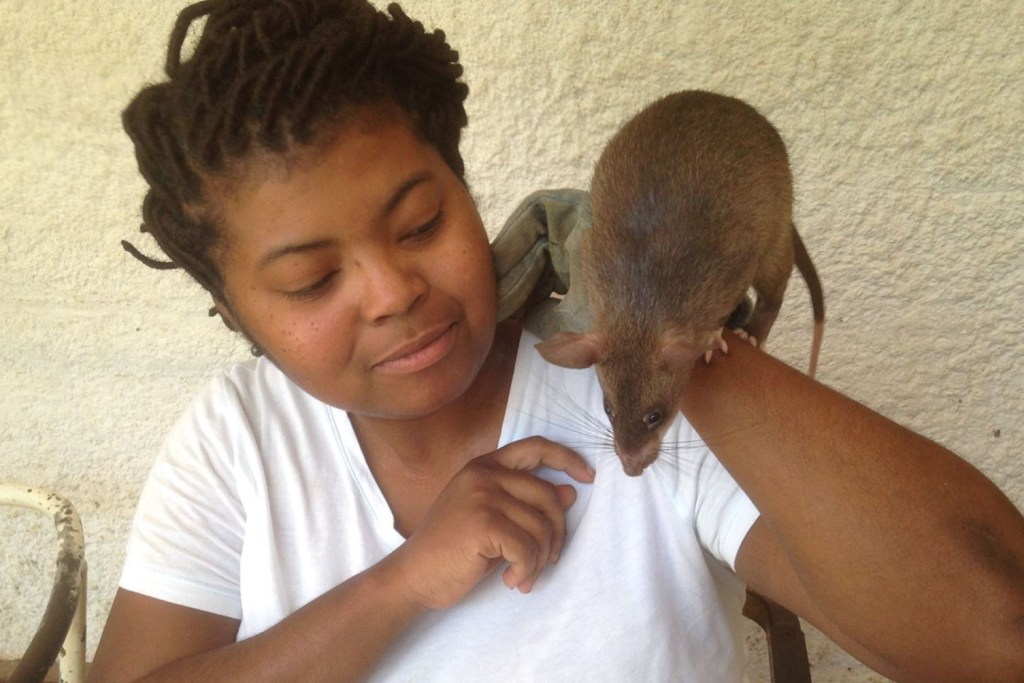
“The cumulative knowledge we have in the world right now, it’s all based on individual people’s personal curiosities. There is no agenda. And what we’re saying unintentionally… is that those are the people whose questions that matter. But it’s also sending a message to Black and Brown and Indigenous kids that those are the only people who’ve ever asked good questions. And we know that is a fundamental outright lie. Everybody, since the beginning of time, has been asking questions. Black, brown, and Indigenous people around the globe have not only been asking good questions but have sussed out the answers to a lot of important foundational things. But they’re not credited in those books in the same way. We could just do better at our citation practices.”
Produced by D Peterschmidt
Selected by Christie Taylor, Producer
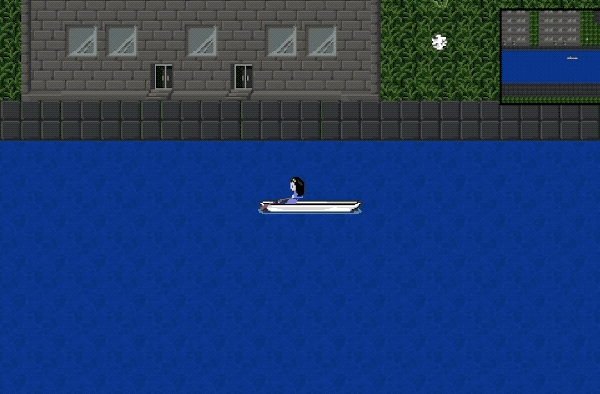 Climate change is heavy to consider, once you start to grasp the specific ways it is changing the world and altering human capacity to inhabit the planet. And yet, we need to be able to think about it in order to take the steps that might make it less devastating in impact, and to take care of our communities when the impacts hit. D Peterschmidt addressed this exact challenge in this poignant piece about climate change video games – and they take Ira on a journey through one game that is less about scientific solutions and more a thought exercise in how we help or compete with our neighbors in a flooded world. I appreciated everything about this: it’s not just that we’re TOLD an interactive story like a video game can help our minds consider the worst, but that D and Ira show us that’s exactly what happens for them.
Climate change is heavy to consider, once you start to grasp the specific ways it is changing the world and altering human capacity to inhabit the planet. And yet, we need to be able to think about it in order to take the steps that might make it less devastating in impact, and to take care of our communities when the impacts hit. D Peterschmidt addressed this exact challenge in this poignant piece about climate change video games – and they take Ira on a journey through one game that is less about scientific solutions and more a thought exercise in how we help or compete with our neighbors in a flooded world. I appreciated everything about this: it’s not just that we’re TOLD an interactive story like a video game can help our minds consider the worst, but that D and Ira show us that’s exactly what happens for them.
Produced by Jason Dinh and Charles Bergquist
Selected by Ira Flatow, Host
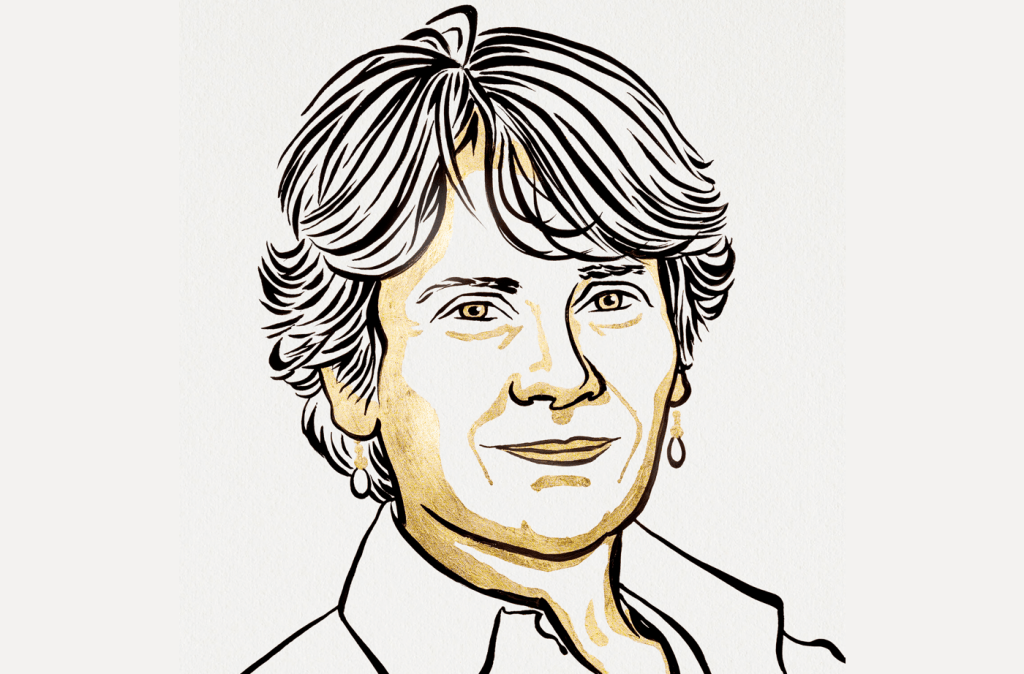
A conversation with Carolyn R. Bertozzi, 2022 Nobel Prize winner. The genius of her work will become clear as you listen to Dr. Betrozzi explain the breakthrough in science that enables new drug treatments to be developed that actually work, as others failed before them. She is a welcome voice in science communication who can show to non-scientists the value of chemistry—and why the old cry of “chemistry is boring” is no longer valid.
Produced by Kathleen Davis and Kyle Marian Viterbo
Selected by Jordan Smoczyk, Grants Manager
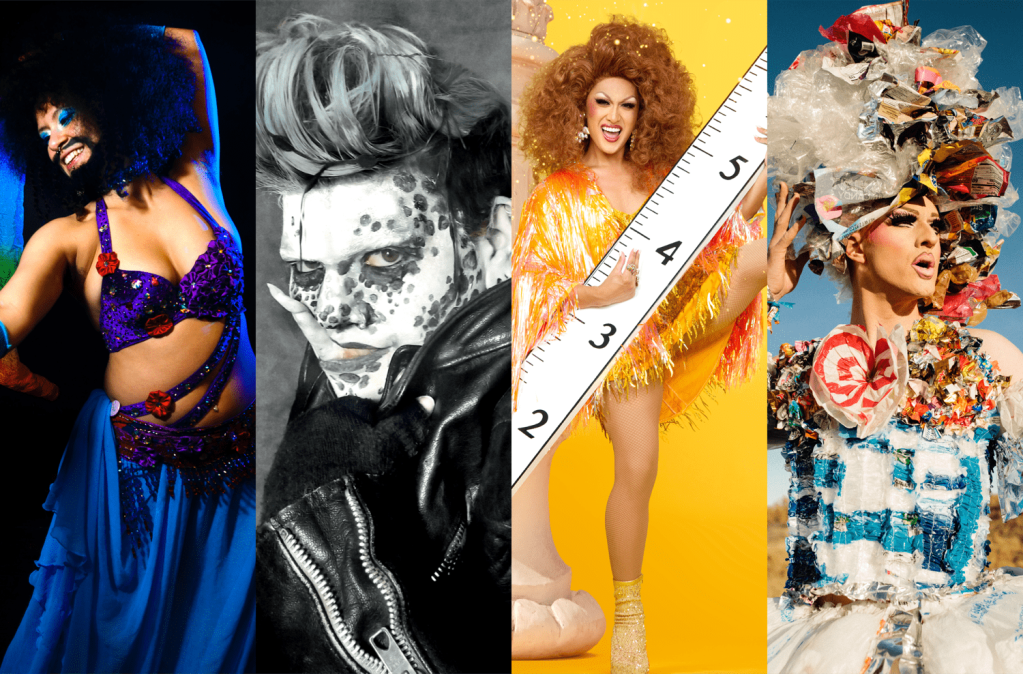
Being in the outdoors is beneficial for humans in so many ways, but there can be real barriers to feeling a sense of belonging outdoors. Pattie Gonia’s work in bringing drag and climate concern to the outdoors is opening people’s minds to embracing nature and outdoor activity in ways they may not have felt comfortable with before. Leading through example and spreading outdoor love because “we fight for the things we love” is a terrific way to unite climate allies in a positive manner. Kyne is doing similar work in math, another subject that can feel exclusive and inaccessible to some of us. Like Ira highlights in the segment, Kyne and Pattie show people that you can be feminine, queer, BIPOC, and belong in STEM—you don’t have to look like Bill Nye or David Attenborough to do science.
Produced by Sandy Roberts
Selected by D Peterschmidt, Digital Producer
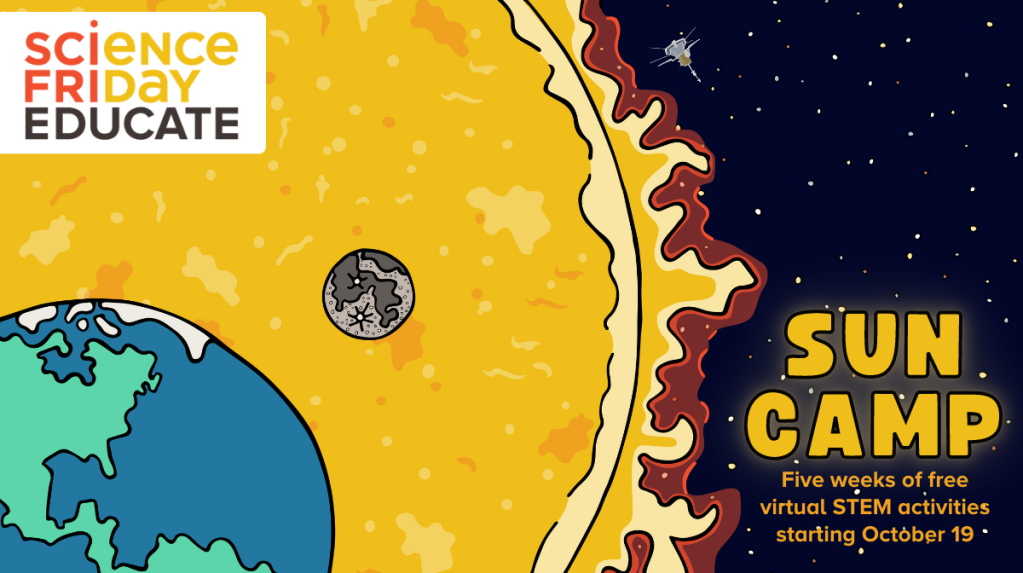
This year, Science Friday launched a new education program: Sun Camp! It was a month-long series of activities for kids 5-9 to learn about our sun and why it’s so fascinating. Sandy Roberts, our Education Program Manager and the author of these resources, has a gift for writing simple, clear, and exciting activities that I wish I’d had in school growing up. And seeing all the positive responses to Sun Camp, from both kids and parents, have been so heartwarming to see.
Produced by Kathleen Davis
Selected by Rasha Aridi, Producer
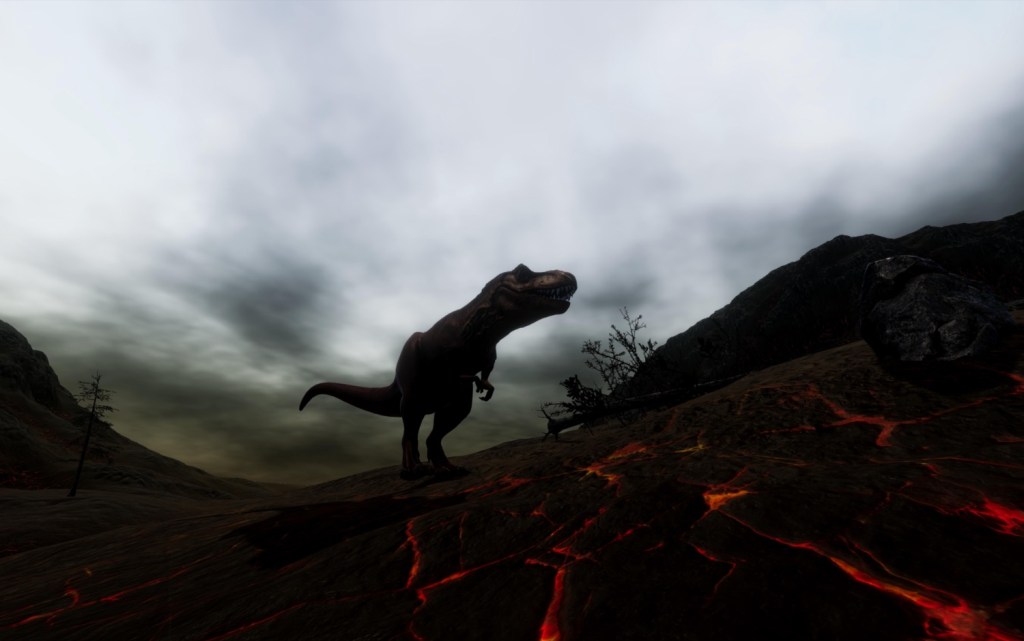
Have you ever listened to something that was so vivid you could play out the whole scene in your mind? That’s how I felt when I was listening to this segment with Riley Black, author of The Last Days of the Dinosaurs. She took us on a gripping adventure of what life looked like after that infamous asteroid struck Earth. I could picture it all: forests ablaze, erupting volcanoes, rocks falling through the sky, dinosaurs desperate to survive. And as sad as it is to picture the dinosaurs’ end, (I mean, who doesn’t love them?) the story is one about how life will bounce back time and time again.
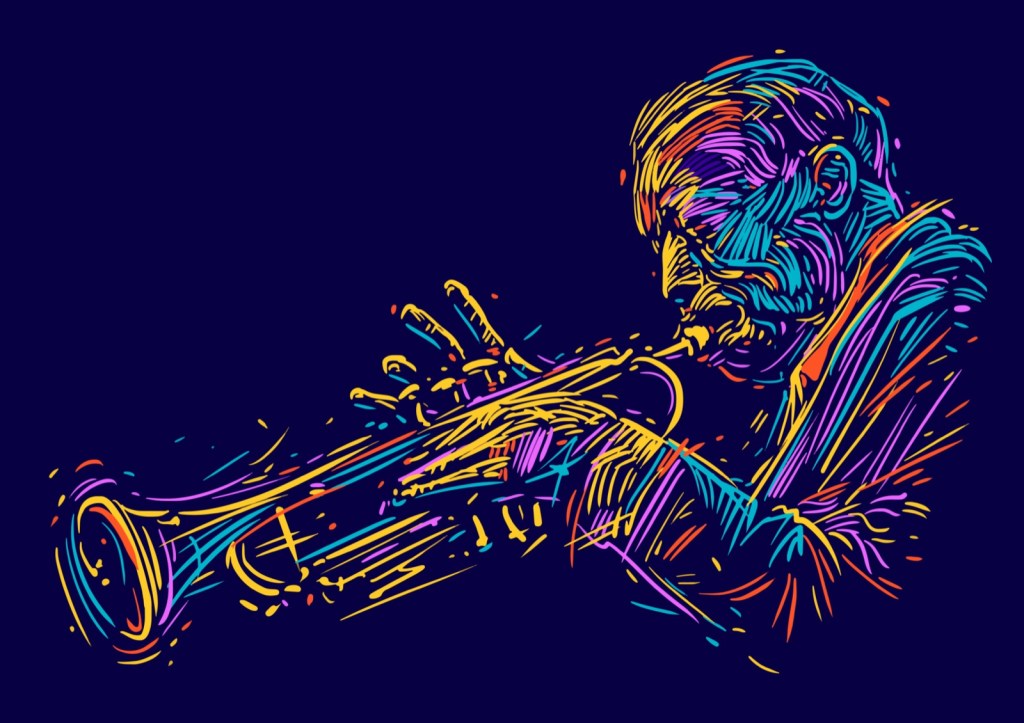
Produced by Charles Bergquist and Jason Dinh
Selected by Annie Nero, Individual Giving Manager
As a lifelong musician and music lover I can’t say that I’ve ever actually thought about the science behind swing! I found this segment to be so charming and love the fact that scientists out there are dedicating their research to figuring out just what is this thing called swing.
Produced by Shoshannah Buxbaum and Diana Plasker
Selected by John Dankosky, Director of News and Audio
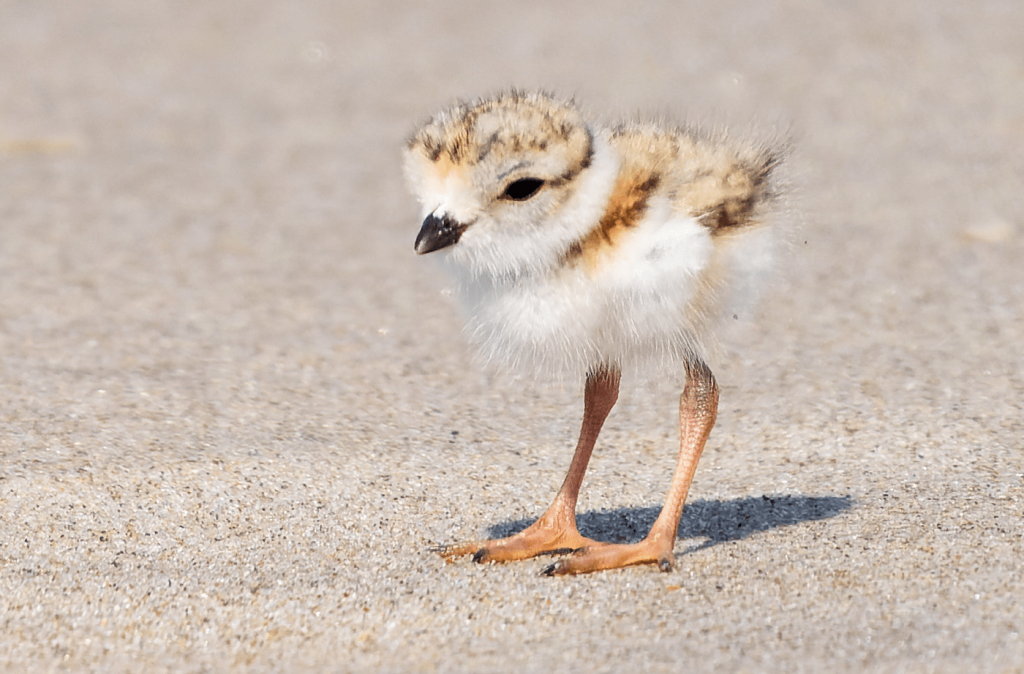
This story combined so many of the things I love about radio: fun recordings from the field that take you to a place; an engaging interview with someone passionate about their work; comparison between how an important story is affecting ecosystems differently in different parts of the country; a call-out to a fantastic member station reporter; and finally, super cute shorebirds! A lovely ode to the plover by Shoshannah Buxbaum.
Produced by Kathleen Davis and Diana Plasker
Selected by Ariel Zych, Director of Audience
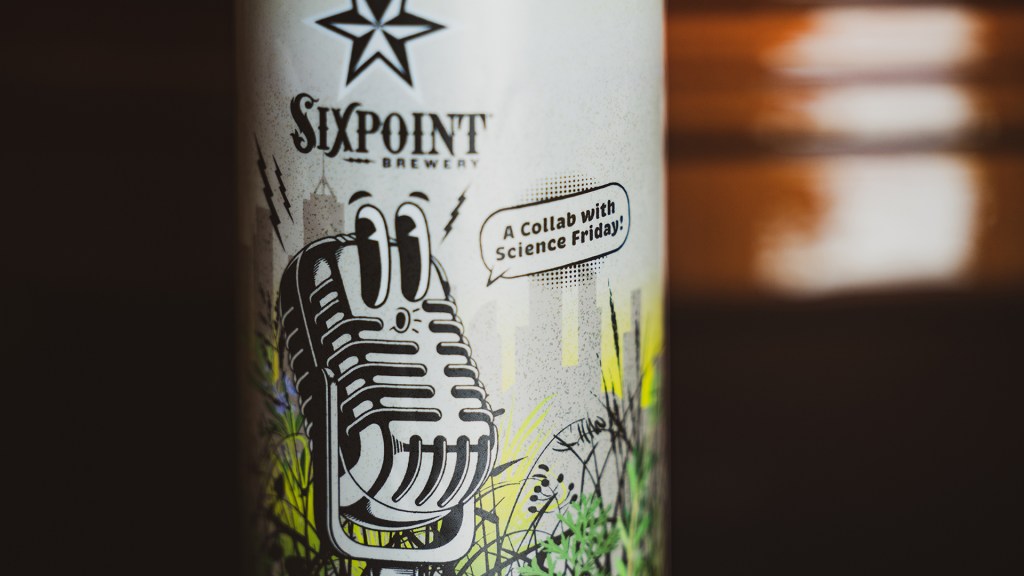
It’s not every year that we get to work along the scientists-in-practice who make beer to study the process, experiment a bit (like using foraged weeds in place of hops), and taste the ultimate product of that experimentation. This was a journey for our staff and out listening audience as we explored what makes beer, while learning what rules still apply in the era of radical experimentation in microbrewing. The special beer, called a gruit, made in partnership with SixPoint was particularly tasty to boot, and the interview was a delight. Fingers crossed for cheese, chocolate, or pastry partnerships in 2023!
Produced by Shoshannah Buxbaum
Selected by Danielle Dana, Executive Director
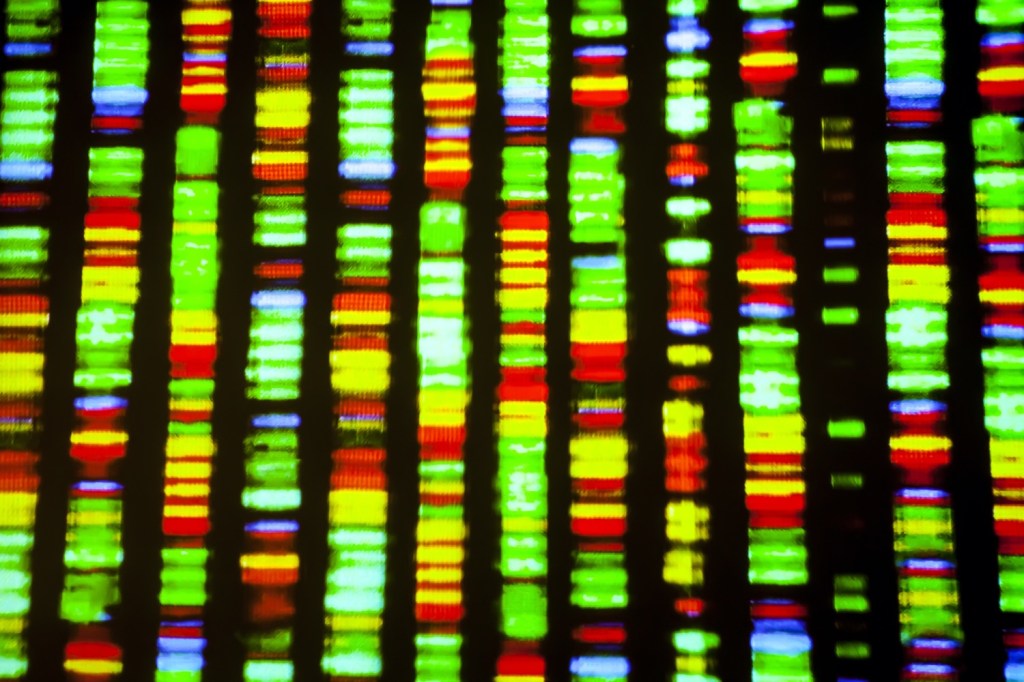
What I love about this segment, and many of the stories that Science Friday speaks to is that it provides a reminder that science is a process and always learning and evolving. Twenty years after the research on the human genome was begun, a major question has been answered, making room for new questions, and new research, and eventually, new Science Friday stories.
Invest in quality science journalism by making a donation to Science Friday.
Emma Lee Gometz is Science Friday’s Digital Producer of Engagement. She’s a writer and illustrator who loves drawing primates and tending to her coping mechanisms like G-d to the garden of Eden.